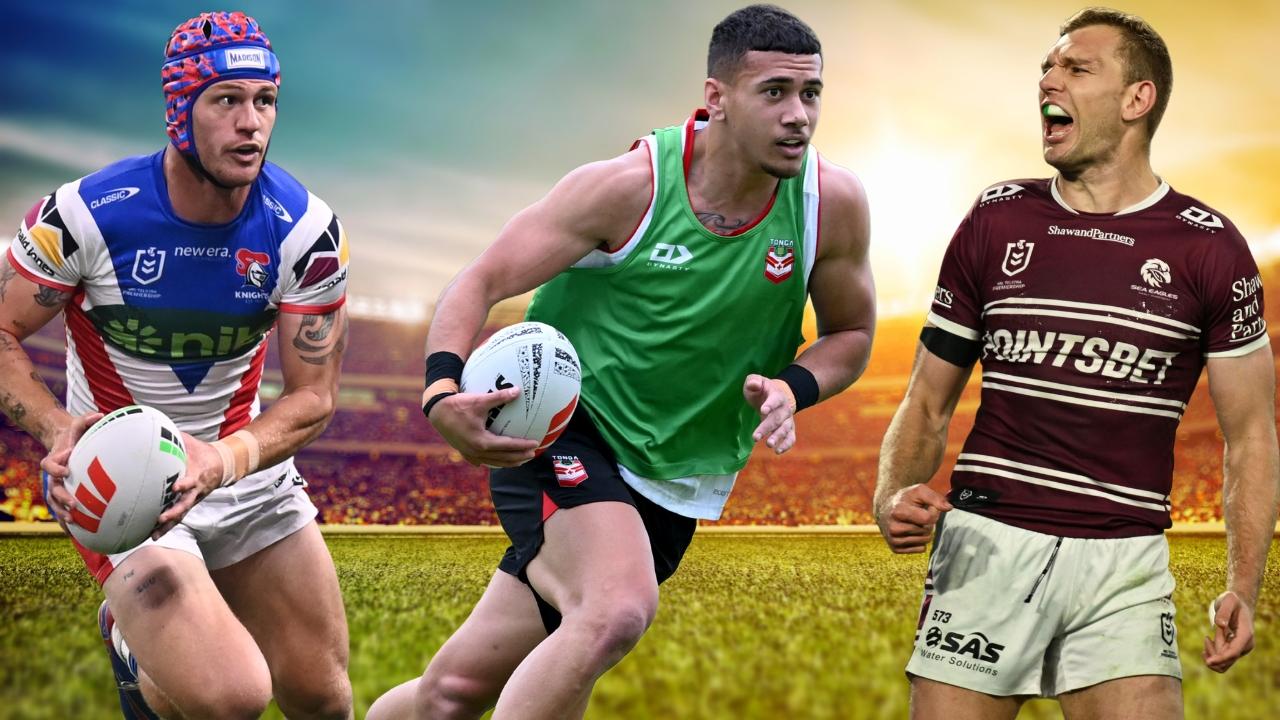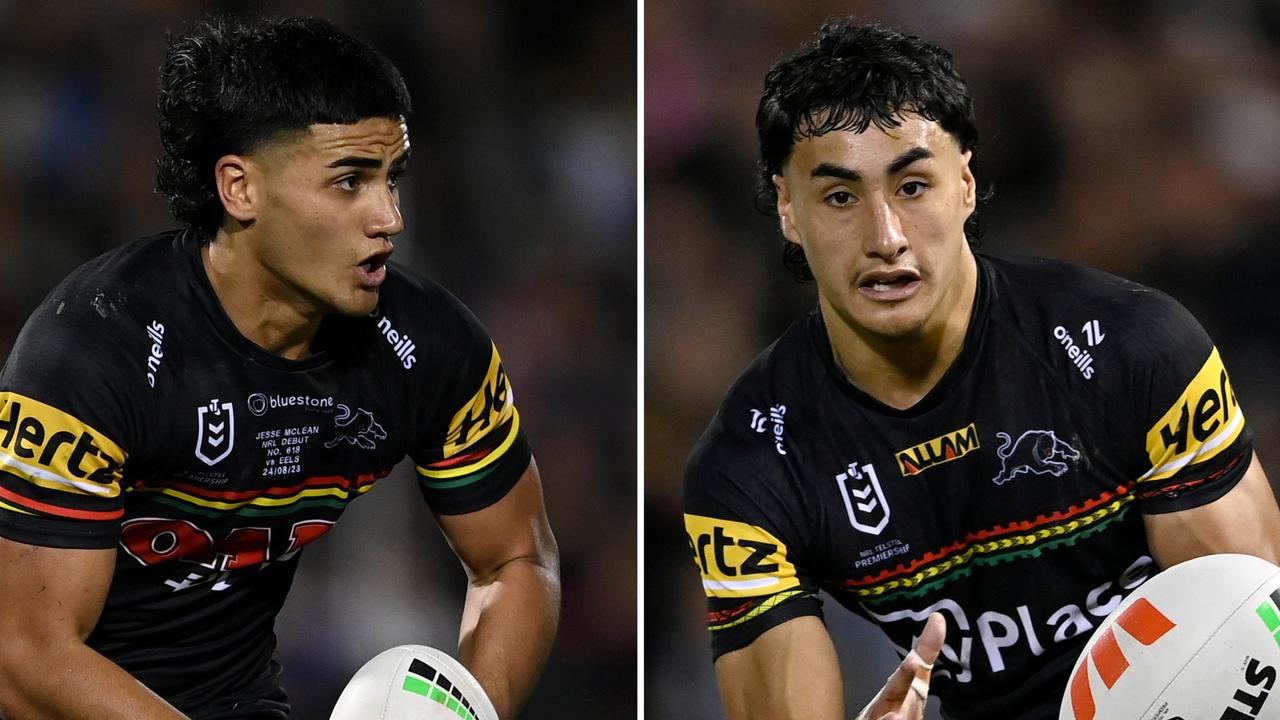SuperCoach NRL: The profit and loss of picking top priced players
Investing in top-dollar talent is key to SuperCoach success, but it also comes with significant risk and these are the numbers that you must consider before splashing your cash.
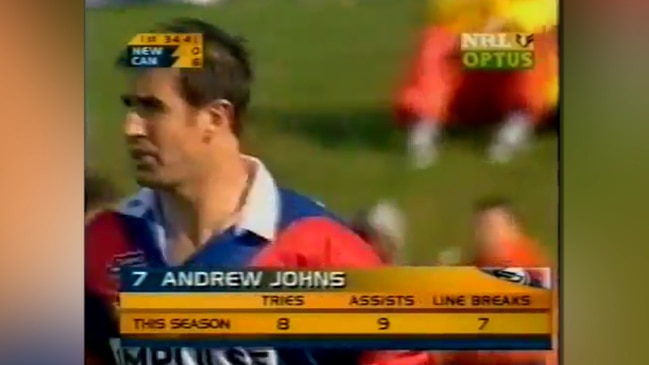
SuperCoach
Don't miss out on the headlines from SuperCoach. Followed categories will be added to My News.
Investing in top-dollar talent is key to SuperCoach success, but it also comes with significant risk and these are the numbers that you must consider before splashing your cash.
And yet despite this, I am not advocating an end to the successful ‘Guns and rookies’ approach, but you’ll have to read on to see why - I don’t want to give it all away in the opening paragraphs!
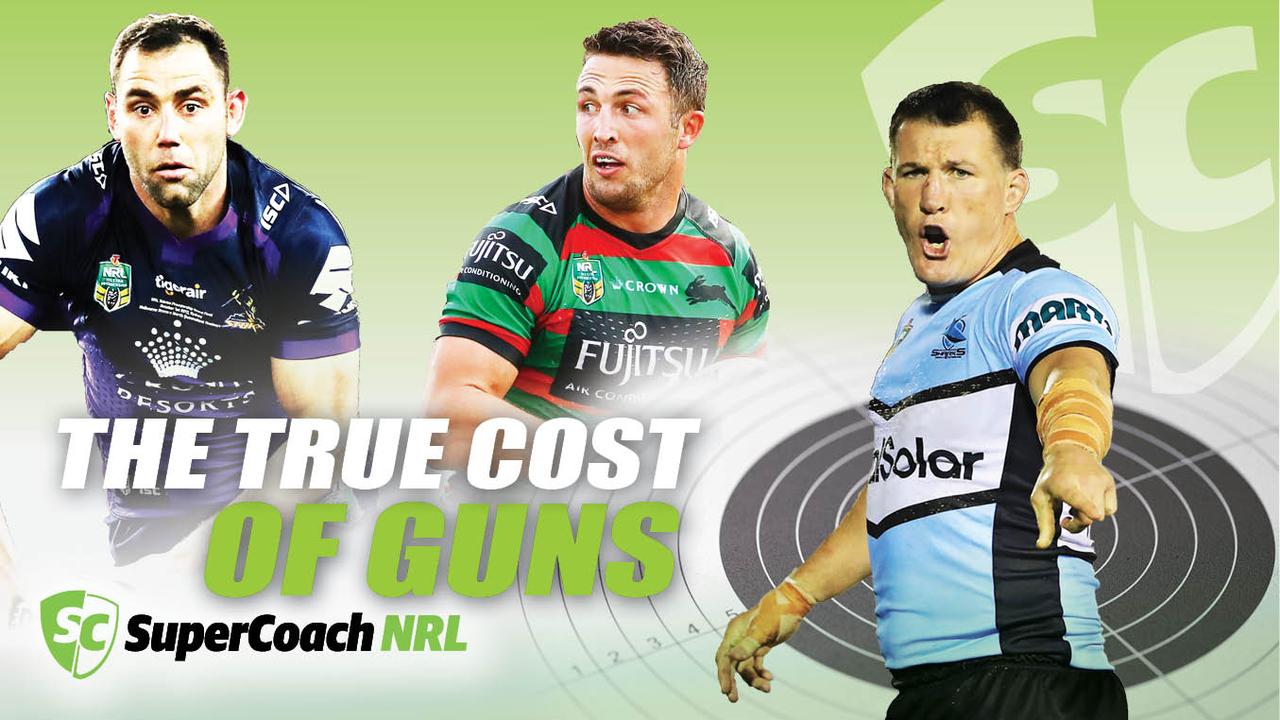
HIRED GUNS ARE BANK ROBBERS
Of the 10 most expensive players to start 2018 all but two of them lost money by the end of the year - a few of them lost lots of money.
The story was even worse for those who bought prime SuperCoach real estate in 2017 with all of the top 10 premium-priced stars shedding cash.
But mere words don’t really illustrate the propensity for top priced picks to leak cash so let’s put some numbers to these words.
And here is where I was originally going to finish the story with my ‘aha’ moment.
‘Aha, premium priced players are money drains!’
Then I thought a bit more - always a dangerous thing - and I thought ‘okay so they lost money, how did their scoring go?’
And here’s what I found out.
THERE IS A POINT IN PAYING TOP DOLLAR
So if top 10 picks consume your cap and cost you cash - why do we pick them. Well in a word, points.
While 90% of those listed above lost money over the course of the season, many of them still finished at or near the top of the table for total points at their position.
They delivered great utility. No, not Tyrone Peachey utility, rather utility at its very base level in economics, that is the satisfaction received from consuming a good or service.
* NB Ranks for PPG exclude players who played less than 10 games
** NB Johnathan Thurston only played seven games in 2017
Cameron Smith, the GOAT, the unicorn, call him what you will, the Storm hooker has owned his position for years now. Smith finished as the top scoring hooker from 2013-2017 and was pipped by only Damien Cook in 2018. Smith lost money in all but one of those seasons - but he delivered lots of points so plenty of utility.
Paul Gallen had a ripper of a season in 2017. He played 24 matches and exceeded 60 PPG in 88% of games, busted triple figures three times (and 90 twice more) and averaged 76PPG. Despite all that, Gallen still had a lower price than the one you had to pay when the season started. Even a great year by Gallen was a bad investment if you were trying to make a profit - but he gave you loads of utility. And while building up your value is key to buying talent it is points that win you the competition.
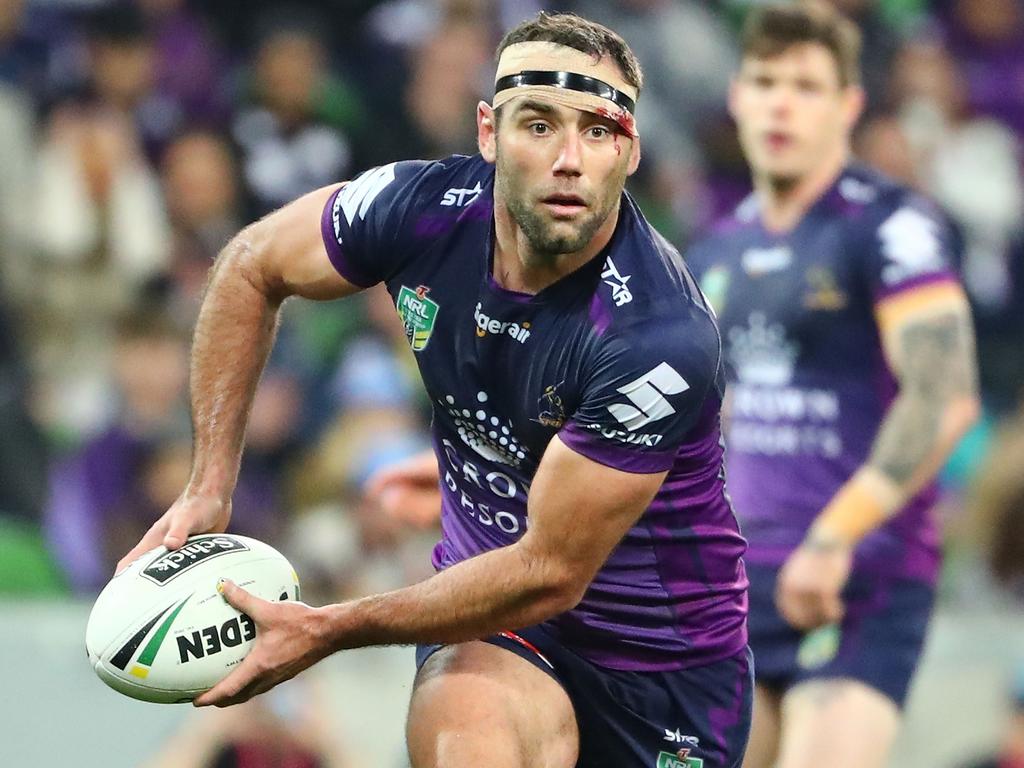
Exempting the true ‘busts’ in the tables above - yes Bryce Cartwright and BJ Leilua in 2017 and Paul Gallen in 2018 I’m looking at you - even those who had poor to average seasons delivered good seasons when you look at their score against others at their position.
Buying gun players is a bad investment if all you care about is making money, but history shows that overall price at the start of the season is a pretty good predictor of points delivered at the end.
When you pay top dollar you are buying the likelihood of success.
And here is where I could end the article, but there’s one last wrinkle I want to tease out and to do so requires a trip to Nashville.
LISTEN! Resident SuperCoach experts Tom Sangster and Tim Williams have the lowdown on the players to target and avoid in 2019.
OVER TO YOU DON SCHLITZ
Now Don Schlitz may not be a household name, but the country music songwriter’s biggest hit carries a message that will resonate with every SuperCoach.
In ‘The Gambler,’ a song synonymous with the great Kenny Rogers, there is some sage advice that I trot out every SuperCoach pre-season:
‘You’ve got to know when to hold ‘em
Know when to fold ‘em
Know when to walk away
And know when to run.’
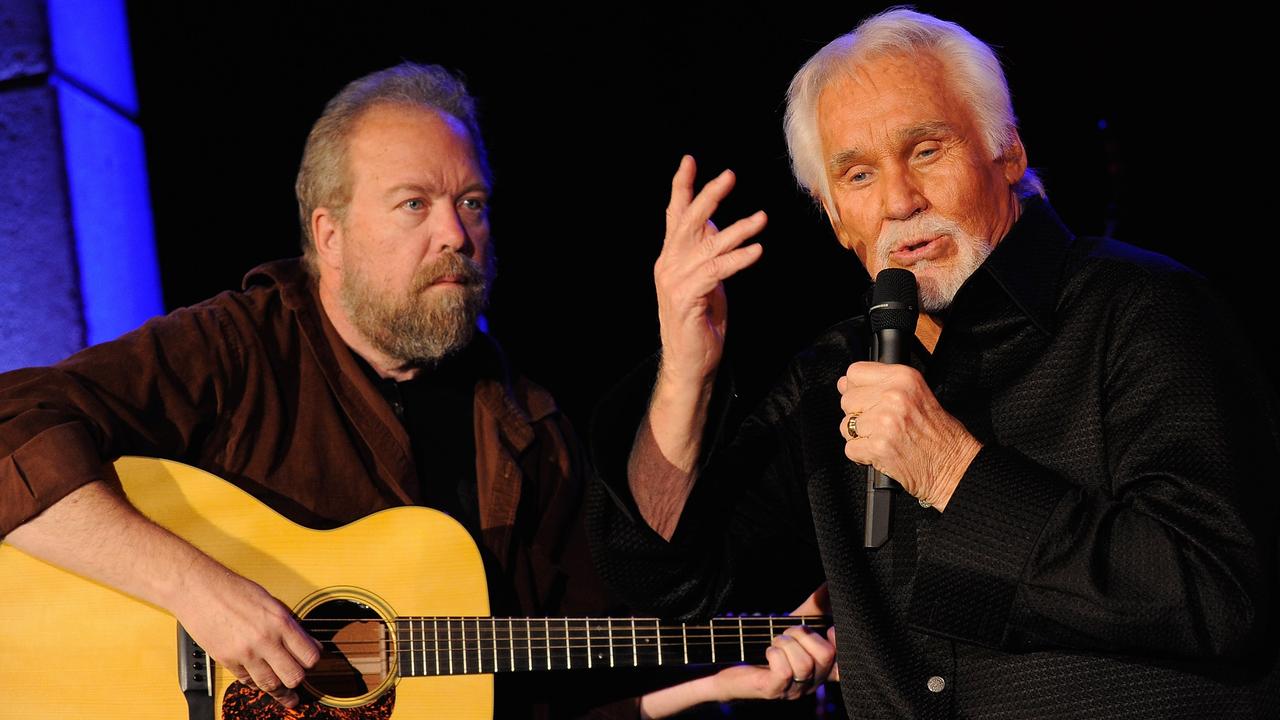
Interestingly, well I found it interesting, that message runs counter to Schlitz’s second greatest selling song ‘Forever and Ever, Amen.’ Randy Travis made the song his own in 1987 crooning:
‘If you wonder how long I’ll be faithful
I’ll be happy to tell you again
I’m gonna love you forever and ever
Forever and ever, amen.’
Let’s take a more in-depth look at these players and see how they peaked and troughed throughout the season.
Buy low and sell high is the motto of many an investor but in this case we are buying high and either riding out the lows or cutting bait and walking away.
Hindsight is a wonderful tool so let’s apply it to a couple of examples in the tables above.
Gareth Widdop got off to an absolute flyer in 2018 scoring 106, 64, 173 and 55 in the opening four rounds of the season. Having started as the sixth most expensive player at the start of the year, Widdop’s hot start saw him add over $150K and within spitting distance of $800K. While there were some decent games after that (three 70s and even a 90) there were plenty of shockers and Widdop’s price went into free fall losing over $400K from it’s peak.
If you jumped off Widdop at his peak you were a massive winner, if you jumped on you were a massive loser.
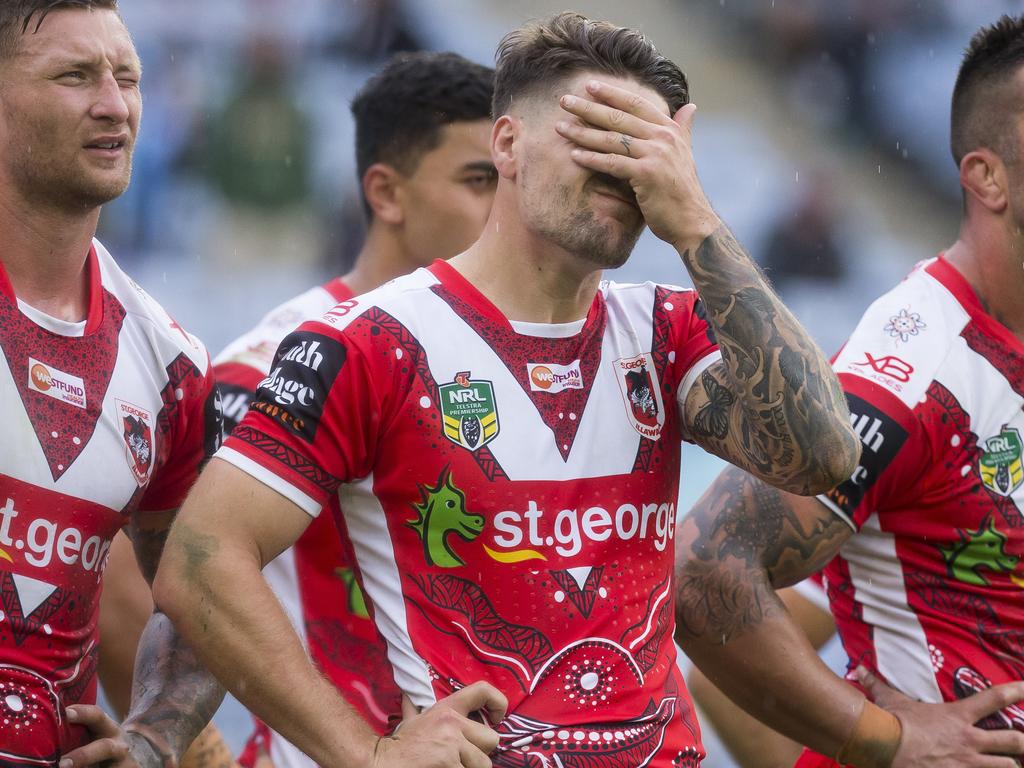
Jason Taumalolo started the season as the second most expensive second rower and finished the season as the second most productive at that position, but it was a rollercoaster of a ride.
‘Lolo’ opened the year with a respectable 66-point game but from there it was pretty grim with scores of 48, 44, 54 and 42. Five rounds in and the Tongan wrecking ball had bled $130K cash and was averaging barely 50PPG.
Over the same period a mid-ranger like James Fisher-Harris had scored exactly the same number of points and gone up almost $130K.
After round five Taumalolo was priced at $554,600 and had a BE of 80. JFH was $385,500 and had a BE of -19.
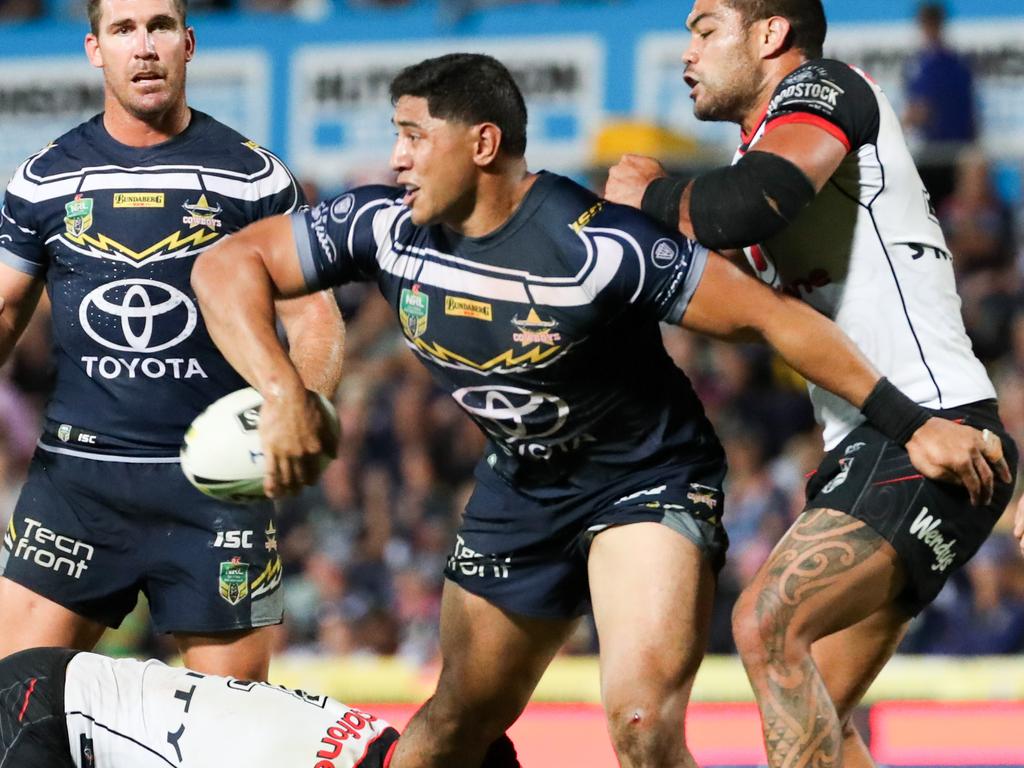
Some Taumalolo owners must have been thinking a trade of their gun to JFH was a savvy move at this point.
Cut your losses, pocket $170K and with more profit on the way.
Right?
Wrong.
Fisher-Harris averaged 48.44 PPG for the remainder of the season and finished the season barely $50K above his round five price.
Taumalolo averaged 75.67PPG for the remainder and finished $110K above his round five low.
Folding on Gareth Widdop was a win, holding Taumalolo was a win. Doing the reverse on either was a massive loss.
Such are the decisions that can win or lose SuperCoach.
SO TO SUMMARISE
Paying top dollar for a player does not guarantee you success, but it certainly makes success more likely.
Cheapies will make you more money, and every good team needs the odd mid-ranger for points and cash.
But it is the big guns that deliver the big points you need. And that initial investment, combined with an ounce of nous and a little luck - whether it be folding at the right time or holding when others walk away - will have you on top when the dealing’s done.
FORM GUIDE:
MORE SUPERCOACH:
Full SuperCoach News section / Cheapie Bible / Predicted round one teams / Sangster’s team / Champ’s team / Wilfred’s team / Tallis’s team / Copes’ team / Huge rule change / Top 10 rookies in NRL
Originally published as SuperCoach NRL: The profit and loss of picking top priced players




